2021/3/26/ · Fermentation techniques, particularly, solid-state fermentation (SSF) is a widely researched and effective procedure for the bioconversion of agro-industrial food waste, which produces inexpensive
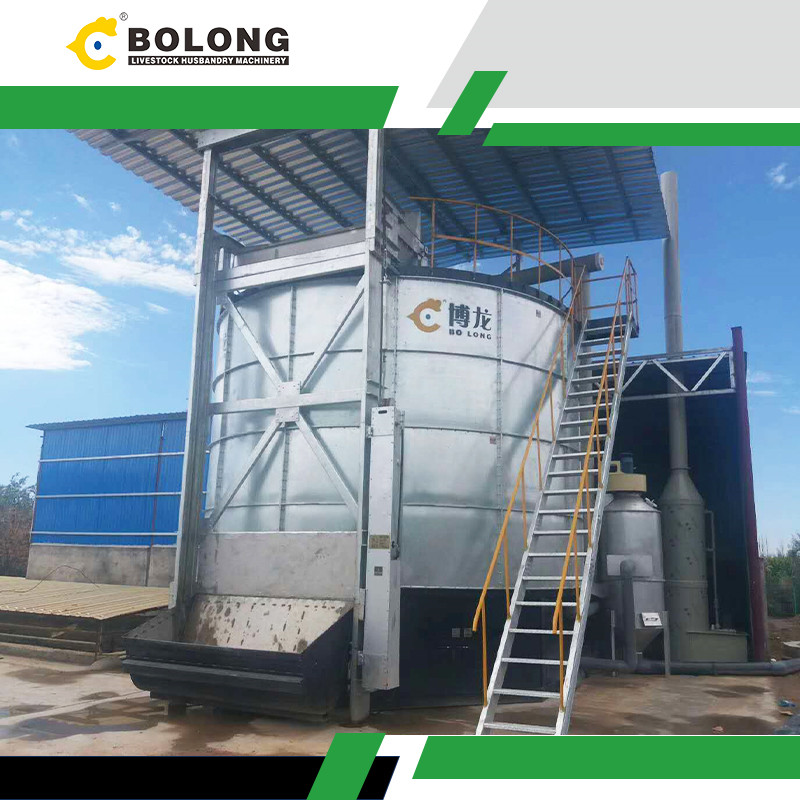
2021/3/26/ · Fermentation techniques, particularly, solid-state fermentation (SSF) is a widely researched and effective procedure for the bioconversion of agro-industrial food waste, which produces inexpensive
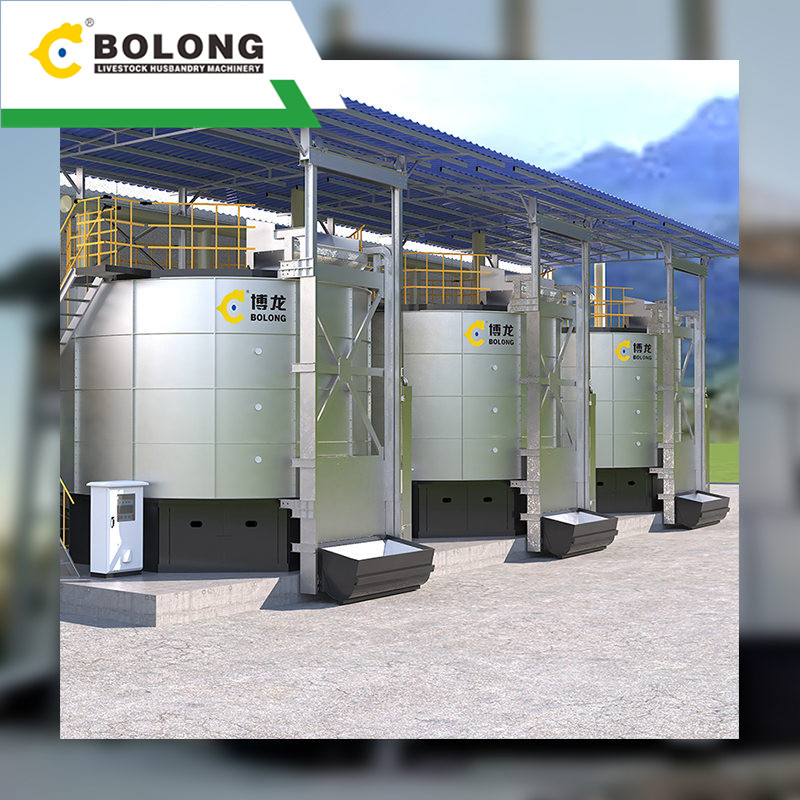
2020/4/20/ · Food waste has the potential to produce carbon source, but there is also the risk of introducing organic nitrogen and DOM into the wastewater. In this study, the production and composition of fermentation liquid from food waste, and the denitrification of the simulated secondary effluent with the produced fermentation liquid were

2021/4/27/ · These and other uses show that fermentation can become an important solution for sustainable food production by converting food waste and by‐products into

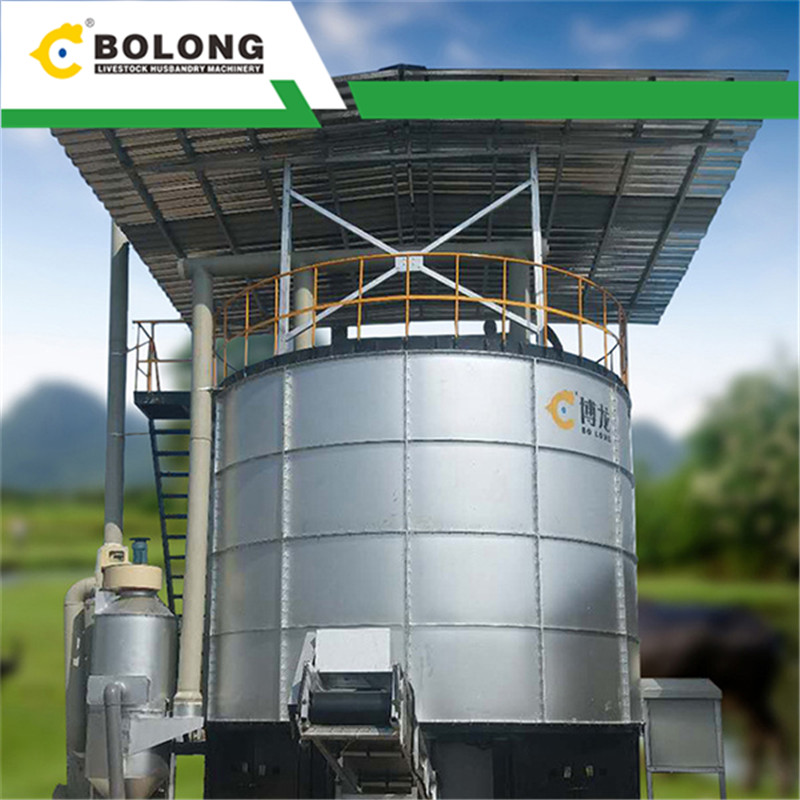
2020/10/28/ · Food waste has a great potential for resource recovery due to its huge yield and high organic content. Oriented fermentation is a promising method with strong application prospects due to high efficiency, strong robustness, and high-value products. Different fermentation types lead to different products, which can be shifted by adjusting

2021/3/26/ · Food waste and byproducts are generated along the entire food processing and storage chain. The large amount of waste deriving from the whole process represents not only a great economic loss but also an important ethical and environmental issue in terms of failure to recycle potentially reusable materials. New, clear strategies are
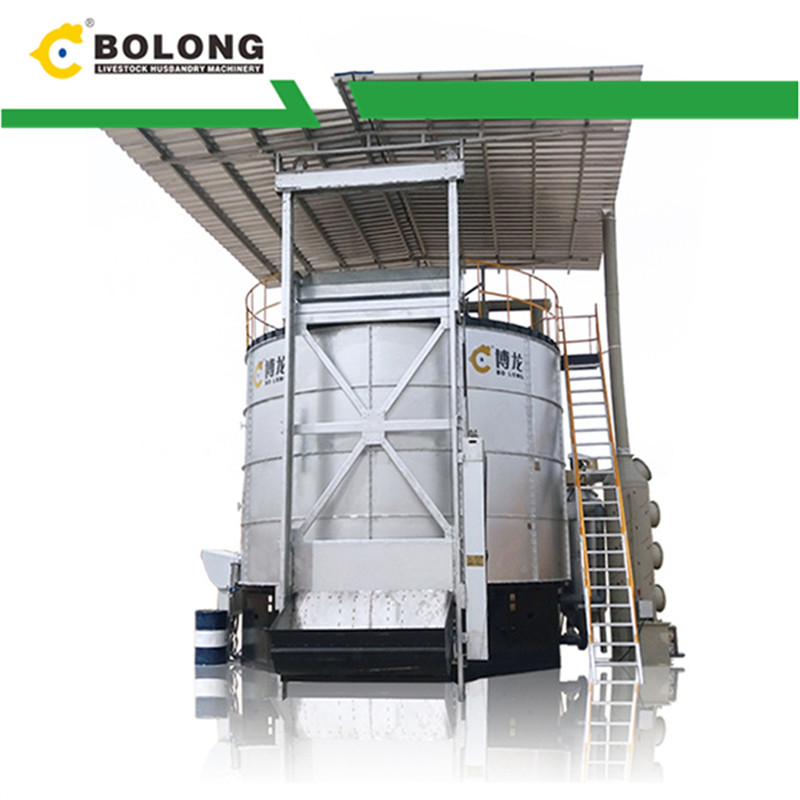
2021/1/1/ · Food waste can turn to bio-resource for fermentation through hydrolysis treatment. The reported pretreatment have different nature of processes, hence posted different cost of operation. Table 1 shows the cost distribution of three different pretreatment that operate under the optimal conditions.

2021/8/17/ · A third of food produced globally is thrown out, but an article in Forbes explores a promising solution — more companies are using fermentation as a way to decrease food waste. A new Danish startup, Resauce, gives companies the resources to turn their food waste into fermented products. Their success stories include a farmer
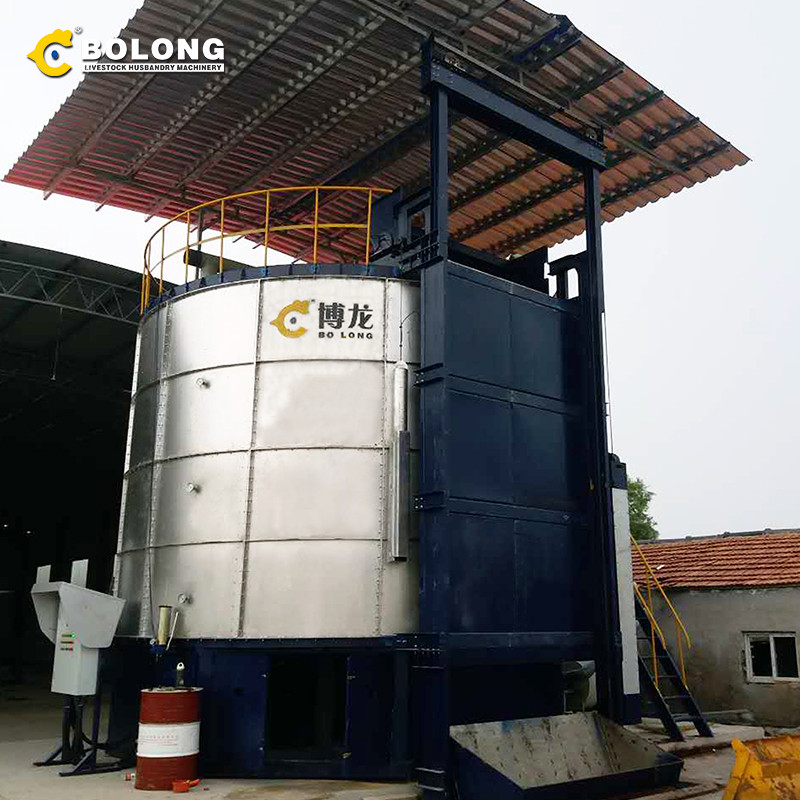
2021/1/28/ · Scientists have discovered fermented food waste can boost bacteria that increase crop growth, making plants more resistant to pathogens and reducing carbon

2021/3/26/ · As described in different studies, several added-value products can be recovered from agri-food waste substrates after fermentation, such as antibiotics, pigments, biosurfactants, hydrolytic enzymes, plastics, pesticides, and bioactive

2023/8/25/ · Major stages involved in dark fermentation using food waste as substrate. 3.1. Biochemistry of dark fermentation. Dark fermentation is an anaerobic process that converts organic waste to hydrogen along with volatile fatty acids as by products. Anaerobic conversion is a complex process that involves several groups of

Thermochemical and biochemical treatment strategies for resource recovery from agri-food industry wastes. Tharaka Rama Krishna C. Doddapaneni, Timo Kikas, in Valorization of Agri-Food Wastes and By-Products, 2021. 39.4.2 Fermentation of agri-food waste. Fermentation is a process of converting the organic material into various products using

2022/7/11/ · Fermentation refers to a whole range of different processes for transforming food, resulting in everything from sauerkraut to cheese to vinegar to wine to miso paste. It is a process in which beneficial bacteria, yeasts, or other microorganisms break down and acidify food, transforming and preserving it. And, it’s an incredibly …
2001/10/1/ · Leachate from acidogenic fermenter treating food waste was continuously fed into the UASB reactor by a peristaltic pump. As shown in Table 2 , the soluble COD of leachate was about 7000 mg/l, in which the percentage of acetate, propionate, butyrate, valerate and caproate was 26, 18, 35, 17 and 4% on COD basis, respectively.